Cigarette packet law 'would save lives'
- Published
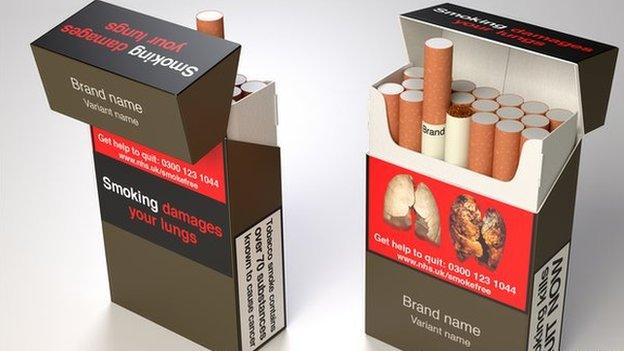
How the standardised packets may look
All the evidence suggests standardised cigarette packs would save lives by reducing the number of people who start smoking, the journal Addiction reports.
Its summary of the scientific evidence suggests stopping one in 20 people from taking up the habit would save 2,000 lives in the UK each year.
MPs are expected to vote in March and any law could come into force in 2016.
Tobacco manufactures said the measure had not made a difference in Australia since it was introduced in 2012.
MPs will vote on legislation in England and Wales, Scotland and Northern Ireland will decide separately on whether to implement any change in the law. Wales has already said it will press ahead.
The idea is for all packets to be the same size, shape and colour. Although the measure is commonly known as "plain packaging" there would prominent health warnings and the brand name would feature in a standardised font.
Only Australia has already implemented such a policy.
A series of studies - including research in Australia and psychological studies in the UK, published in the journal Addiction, external state:
Plain packaging reduced unconscious triggers to smoke even in current smokers
Fewer people made cigarette packs visible in cafes and bars in Australia after the new rules
The size, shape and opening method do affect brand appeal and increase sales
Removing branding draws more attention to health warnings in occasional smokers
Standardised packs are more effective than larger health warnings
The journal's editor in chief, Prof Robert West, said: "All the pieces are building the same picture, which is that it is going to have a reduction, none of the studies are pointing in the other direction.
"Even if it only prevented one in 20 young people from starting and had absolutely no effect at all on existing smokers it would still end up saving 2,000 lives a year, that's a testimony to how dangerous smoking is."
However, he admitted that it was not possible to know if plain packaging had reduced the number of young smokers in Australia.
He said the data was "suggestive, but not conclusive" as "the effect would have to be enormous for it to be picked up in the overall prevalence data".
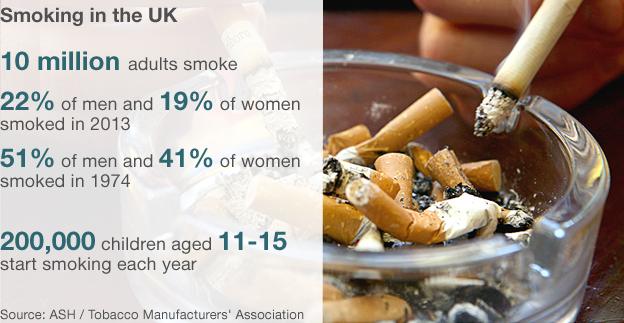
A spokesperson for the Tobacco Manufacturer's Association said: "This latest attempt to justify plain tobacco packaging clearly demonstrates the complete lack of evidence that the policy will even work.
"What is clear from Australia, the only market to have implemented plain packaging, is that youth smoking rates are at a seven year high.
"Standardised packaging has not impacted on the broader trend in smoking rates and tobacco sales.
"At the same time illegal tobacco consumption in Australia has grown to its highest level in seven years.
"These are clear evidence-based reasons why the UK should not be seeking to proceed with the plain packaging of tobacco products."
- Published22 January 2015
- Published22 January 2015
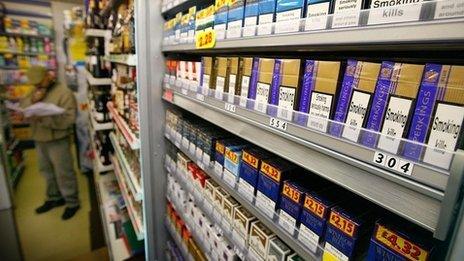
- Published22 January 2015

- Published29 August 2014
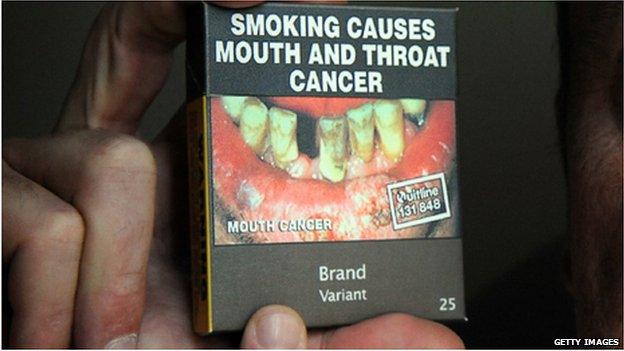
- Published3 April 2014
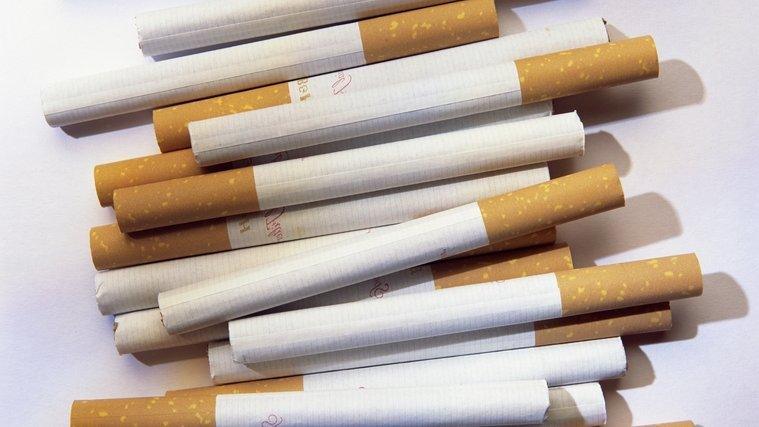
- Published28 November 2013
